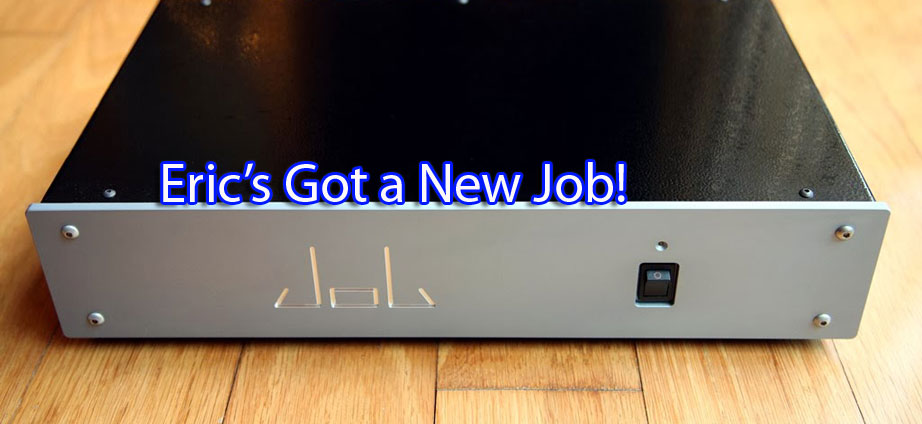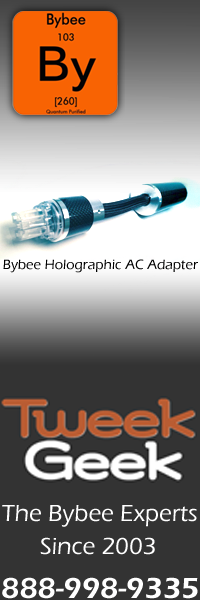JOB 225 amplifier

 I’ve just got a new Job.
I’ve just got a new Job.
A Job 225 that is. After looking at all the positive information on audio forums out there, I placed an order last week. For those unfamiliar with Job Electronics Inc, it is an affiliated company of Goldmund and shares technology used in Goldmund products. Without sounding too condescending and dismissive, you could consider Job products as Goldmund derived products on the cheap for the average man in the street.
The Job 225 can be ordered directly online at www.jobsys.com. I previously failed to secure a unit when the batch sold out and I jumped on the opportunity last month when it was available again. Ordering the Job was a simple process, and 4 days later, the Job was sitting on my living room floor – delivered from Switzerland to Singapore within record time.
What makes the Job 225 compelling ? It is a high quality, powerful, compact and affordable amplifier.
Description
According to Job, the 225 delivers 125 watts per channel into 8 ohms, or 210 watts per channel into 8 ohms measured according to Goldmund’s FPP standard (whatever that means). It is a high bandwith design, with a +/- 3db frequency response of 2 Hz to 900 kHz. Input impedance is a moderate 51 kohms which should make matching with passive preamps or tube preamps which usually have high-ish output impedance relatively easy. Full power is obtained at 0.75 volts, which makes the Job a high gain design. Looking at Goldmund’s white paper available on its website also suggests that the Job is a high damping factor design.
Physically, the Job 225 is very compact, with dimensions of 36 cm x 24.5 cm x 8.8. cm, and a weight of 7kg.
The Job only has single ended inputs, and a power switch rocker on the front panel. A single yellow pilot light indicates operation. The rear panel is a bit crowded, with a fairly large heatsink dominating most of the rear. I did not like the fact that each RCA socket was directly under its respective channel’s binding post.
The Job runs quite warm, and it’s heatsinks are quite hot to the touch. The unit seems to reach a stable temperature after about 90 minutes of operation.
Set-up
Setting up the Job required a bit more care than usual due to it’s high gain design. An old passive pre-amp that I happened to have lying around sounded quite good. Based on a 100K Ohm Alps Black Beauty pot, the combination had decent dynamics and drive, without high-frequency roll-off.
Switching out the passive pre-amp for a Conrad Johnson ET-3 SE preamp yielded even better drive and dynamics, but with far too much gain and tube-noise. The ET-3 SE being also a high-gain design was obviously not an ideal match.
Driving the Job directly from the volume control of either a B.M.C. PureDAC or Antelope Zodiac Gold sounded best. It is worth mentioning though that the Antelope had problems of setting ideal volumes. The Antelope adjusts the volume in 4 db steps up to -36 dB, and thereafter in 1 dB steps. -40 dB was too soft, while -36 dB was too loud for some tracks. The B.M.C. had no such problems. As life would have it, the Antelope suited my taste better.
Later into the review, I acquired an Amtrans APCG-01S passive controller. This is essentially a discrete resistor 10K Ohm potentiometer, preceded by a Lundahl transformer to provide 6 db of gain. This offered usefully low output impedance and ended up sounding the best of all the preamps on trial here.
Sound Quality
The Job was evaluated after 60 hours of burn-in time.
Initial impressions were quite promising – this is definitely a special amplifier for it’s modest price tag. Sweet, and slightly rich, this is an organic and musical amp – not likely to appeal to those who like razor sharp focus and laser-like precision.
Bass is the most striking quality of the Job – very tight grip, coupled with excellent articulation quality and bloom. Bass notes are tuneful, tight and very fast. On this single aspect, the Job is capable of embarrassing much of the competition out there.
Other outstanding qualities are quietness and an absolute lack of grain. The Job has a very black background and very low noise floor. Even with your ear right up against the tweeter, there is almost no hiss.
I have always preferred tube equipment over solid state equivalents. Despite power limitations and more maintenance issues, I have almost always found tube equipment to excel in depth and height perception, freedom from grain and overall liquidity of sound. This is of course a generalization, and I have heard excellent solid state designs (Soulution, Vitus and Technical Brain come to mind), and some horrid tube equipment (which shall remain nameless).
The Job has been in my main setup, powering my Focal Diablo Utopia speakers for close to a week, and I must confess to not miss my Conrad Johnson equipment as much as I expected. The Job had an edge over my usual gear in the areas of power and bass control. It avoided the flat paper cut-out effect I’ve heard from lesser solid state gear and had sufficient image density and size to fool me into forgetting that I was not listening to my tube equipment.
However, I found the Job (paired with a stock power cord and placed directly on my TAOC ASR-4 equipment rack) a bit too mellow and lacking in high frequency extension. After some experimentation, I changed the stock power cord to an Acrolink 7N-4030II terminated with Oyaide P/C-004 plugs. The Job was placed on a set of Franc Audio Ceramic Disc Classic footers. Finally, the stock fuse was changed to a Telos QBT-18. This helped to open up the soundstage and top-end. The rest of the review proceeded with these tweaks in place.
Bass control is an outstanding point for the Job. Tight grip with just the right amount of “wetness” , bloom with great articulation. The bass has good rhythm and you could listen to this amp for hours on end just for this.
In the midrange, the Job presents the human voice with a warm and smooth tone. There is a slightly laidback feel to this, which suits slow and sultry pieces.
On the top end, the Job struck a fine balance between sparkle and warmth. I find some amplifiers too etched and dry in that regard, while others too dark and shut-in.
Resolving power is quite good, and aided by its low noise floor, fine detail is easily discernible, even at low listening levels.
I also tried the Job with my KEF LS50 and Thiel CS 2.7. The KEFs in particular were a good match. Although the Thiels sounded fine, I found the Job to be not as effortless as compared to my 500 watt per channel Virtue Audio ICEBlock M5001 amplifiers. I would stick with easier loads with the Job.
Well after I wrote most of this review, I continued to try the Job with other aftermarket powercords including the Crystalpower Ultra Reference and the Siltech SPX-800. The Job is actually very sensitive to power cords. Both the Crystal and Siltech elevated the Job to very serious equipment territory, with a wide open soundstage and clear tone. I do not expect a typical user to use power cords of that level, but it was an interest experience nonetheless.
Conclusions
The Job 225 may be likely overlooked by some audiophiles on the basis of its affordable price tag. This is a pity – the Job 225 is serious design that quite simply sounds better than any other amplifier I have heard in the price range.
Paired with the KEF LS50 and the B.M.C. PureDAC, you end up with a very serious setup that is affordable yet capable of very high performance.

Eric also publishes his own blogspot out of Singapore entitled Eric’s Hifi Blogs (http://singaporehifi.blogspot.com/)
Stereo Times Masthead
Publisher/Founder
Clement Perry
Editor
Dave Thomas
Senior Editors
Frank Alles, Mike Girardi, Russell Lichter, Terry London, Moreno Mitchell, Paul Szabady, Bill Wells, Mike Wright, and Stephen Yan,
Current Contributors
David Abramson, Tim Barrall, Dave Allison, Ron Cook, Lewis Dardick, John Hoffman, Dan Secula, Don Shaulis, Greg Simmons, Eric Teh, Greg Voth, Richard Willie, Ed Van Winkle, Rob Dockery, Richard Doron, and Daveed Turek
Site Management Clement Perry
Ad Designer: Martin Perry





Be the first to comment on: JOB 225 amplifier